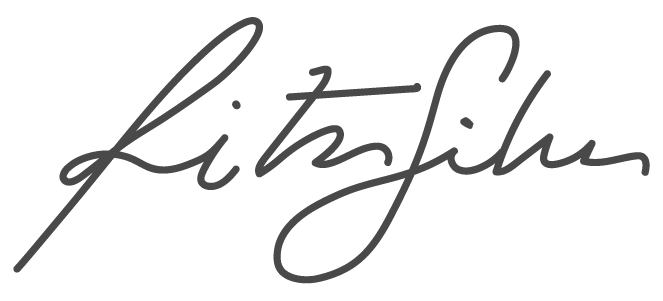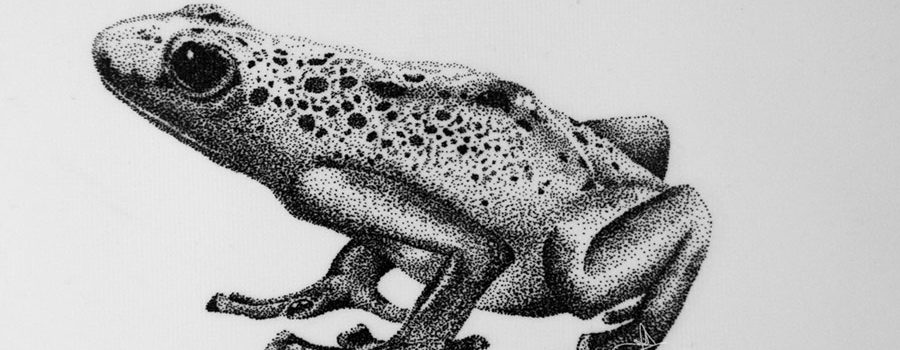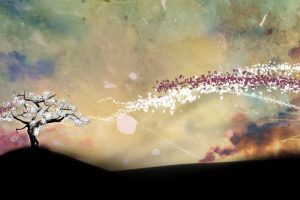Scientific Illustration consists in depicting a clean, part-by-part, proportional image of a scientific subject. Remember the drawings on your science book at school? That’s it!!
Scientific Illustration or Biological Illustration is the use of Technical Illustration to demonstrate anatomy, distinguish species and explain biological functions and interactions. You can illustrate a wide range of living things varying from a big scary bear to a microscopic bacteria. Sub fields for the matter are divided this way:
- Medical Illustration – The one that deals with medicinal part;
- Botanical Illustration – The one that relates to flowers;
- Zoological Illustration – The one we’ll be focusing on. You know it! Animals.
Historically, Scientific Illustration has been around since the man started to explore the world around him. Illustrating helped to keep track of new findings, cataloging species and understand anatomy. Some cave paintings are an early example of that.
As you can see that this trade has been around for quite some time, enough time be set some ground rules:
- First of all, draw as large as your page will allow.
- Draw your image just the left of center, therefore allowing space for label lines on the right.
- The boundary structures of the specimen are more important than secondary features such as shadows, curvature, and colour.
- Stipple areas dark to indicate depth, do not shade or cross-hatch.
- Draw clean lines; do not sketch. Structure lines should be definite, also continuous and clear-cut.
- Draw part for part, not from memory. Do not invent structures that are not there in the specimen.
Most of all remember that a scientific illustration is a precise record of specific details.
Traditionally this trade has emplyoed various techniques such as carbon dust, color pencil, stipple pen and ink, lithography, watercolor and gouache. Digital Illustration is also growing its input on the field. But because some people might disagree, for the sake of this article you shall choose the technique you want to use.
In conclusion, Scientific Illustration is a very precise and technical work, therefore perfectionists are most likely the people doing these works.
For further search and deeper understanding we recommend:
– A Guide to Biological, Zoological, and Medical Rendering Techniques, Design, Printing, and Display – A book for begginers, and active artists now joining the field.
– The Guild Handbook of Scientific Illustration – This is the “Bible” for Scientific Illustrators. If you want to be the best you learn from them. This book is “Sponsored by the Guild of Natural Science Illustrators and written by top illustrators, scientists, and industry experts”
I am not accustomed to saying anything with certainty after only one or two observations. – Andreas Vesalius
SaveSave









Leave a Reply
Your email is safe with us.